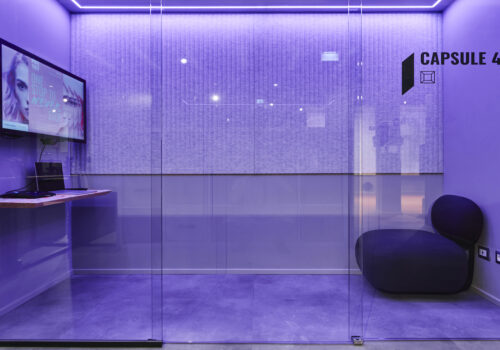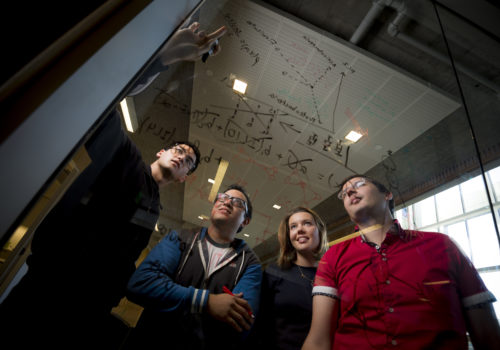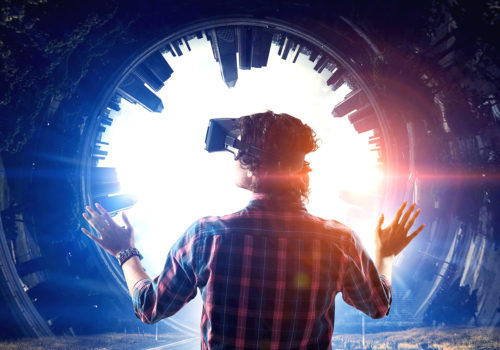Culture and innovation developed by architects, engineers, programmers, computer animators, mathematicians, musicians and experts in visual technology
Almost two and a half million visitors from 160 countries: this is the result one year after the inauguration of the “Digital Art Museum teamLab Borderless” in Tokyo, the first digital museum in the world.
This virtual “citadel” extends over 10,000 square meters on the artificial island of Odaiba and counts a thousand devices between computers and projectors: it is the only one of its kind, and not just because the entire exhibition is completely digital, but also and above all because the interactive experience available to the visitors across the entire exhibition itinerary through the 5 thematic areas is an experience that is never the same twice, and is therefore unrepeatable. It is in fact practically impossible to know ahead of time what you will find to look at; each experience will be different from the previous one.
Conceived and created by the Japanese collective teamLab – which counts over 500 professionals including architects, engineers, programmers, computer animators, mathematicians, musicians and experts in visual technology – the Digital Art Museum in under one year has become an artistic icon across Japan: the 2.3 million visitors that have come through since the inauguration on June 21st 2018 are equal to the number registered by other important museums in the country, such as the National Museum in Tokyo and the Contemporary Art of the XXI century museum in Kanazawa.
The Digital Art Museum has also helped to revitalize the surrounding port area: the Aomi station on the Yurikamome line, the closest, has had a 50% increase in the number of visitors and Venus Fort, a local shopping centre, increased its visitors by 20% over the previous year.
The interactive experience is what distinguishes the labyrinthian Digital Museum in Tokyo: all the “works” are generated by computer in real time and many of the installations are the result of the viewers’ movements and “touch”.
While in traditional museums, “do not touch” is a rule, in the Digital Art Museum visitors are encouraged to touch, given that it is touch that makes the walls, objects and floors change.

An essential part of the “journey” is the music, which is also an interactive element in the spaces: the sounds lend “rhythm” to the clouds of smoke and iridescent images in the reflecting floors. There are five areas through which the borderless itinerary unfurls: Borderless World, in which the installations are constantly moving and changing in real time as they react to the visitors; Athletics Forest, a space that promotes creativity and the “spatial” experience, in which the scenarios change as visitors jump, slide, climb; Future Park, the experimental field for collaborative creation, where visitors help to make the works; Forest of Lamps, a room filled with lamps that are sensitive to movement; EN Tea House, a sort of scenario inspired by Alice in Wonderland, where you can drink tea with flowers that blossom out of the cup.
© ALL RIGHTS RESERVED
translation by Olga Barmine











